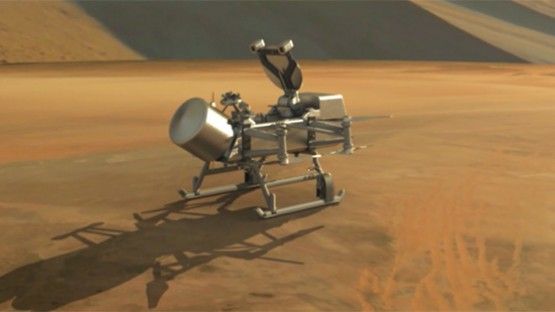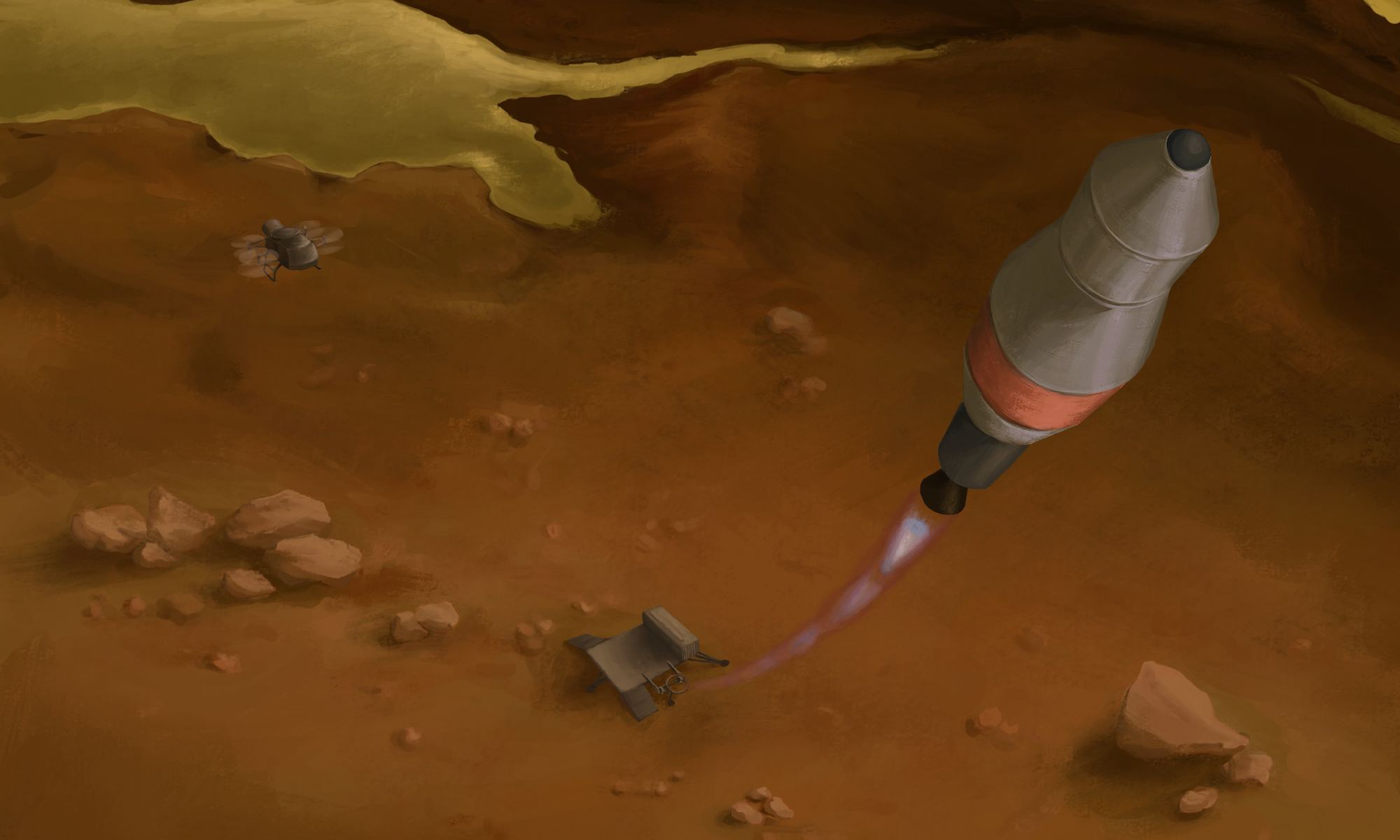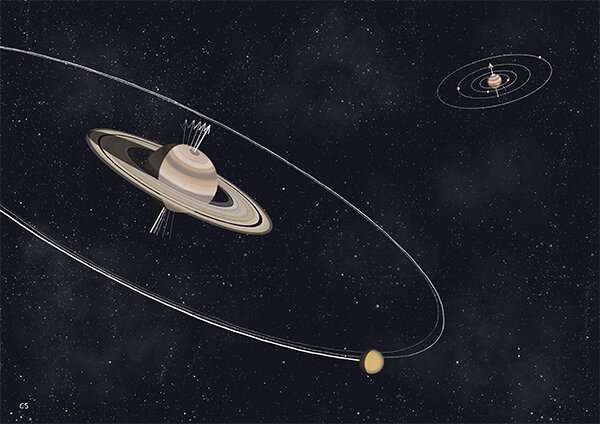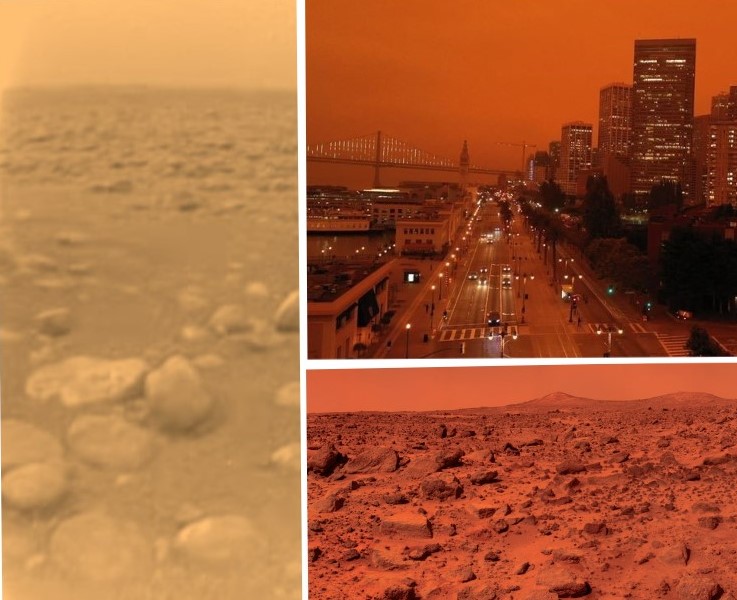As any good project manager will tell you, goals are necessary to complete any successful project. The more audacious the goal, the more potentially successful the project will be. But bigger goals are harder to hit, leading to an increased chance of failure. So when the team behind one of NASA’s most unique missions released a list of goals this week, the space exploration world took notice. One thing is clear – Dragonfly will not lack ambition.
Continue reading “Dragonfly Mission has Some Ambitious Science Goals to Accomplish When it Arrives at Titan”A Titan Mission Could Refuel on Site and Return a Sample to Earth
This decade promises to be an exciting time for space exploration! Already, the Perseverance rover landed on Mars and began conducting science operations. Later this year, the next-generation James Webb Space Telescope, the Double Asteroid Redirection Test (DART), and Lucy spacecraft (the first mission to Jupiter’s Trojan asteroids) will launch. Before the decade is out, missions will also be sent to Europa and Titan to extend the search for signs of life in our Solar System.
Currently, NASA’s plan for exploring Titan (Saturn’s largest moon) is to send a nuclear-powered quadcopter to explore the atmosphere and surface (named Dragonfly). However, another possibility that was presented this year as part of the NASA Innovative Advanced Concepts (NIAC) program is to send a sample-return vehicle with Dragonfly that could fuel up using liquid methane harvested from Titan’s surface.
Continue reading “A Titan Mission Could Refuel on Site and Return a Sample to Earth”Titan’s Atmosphere Recreated in an Earth Laboratory
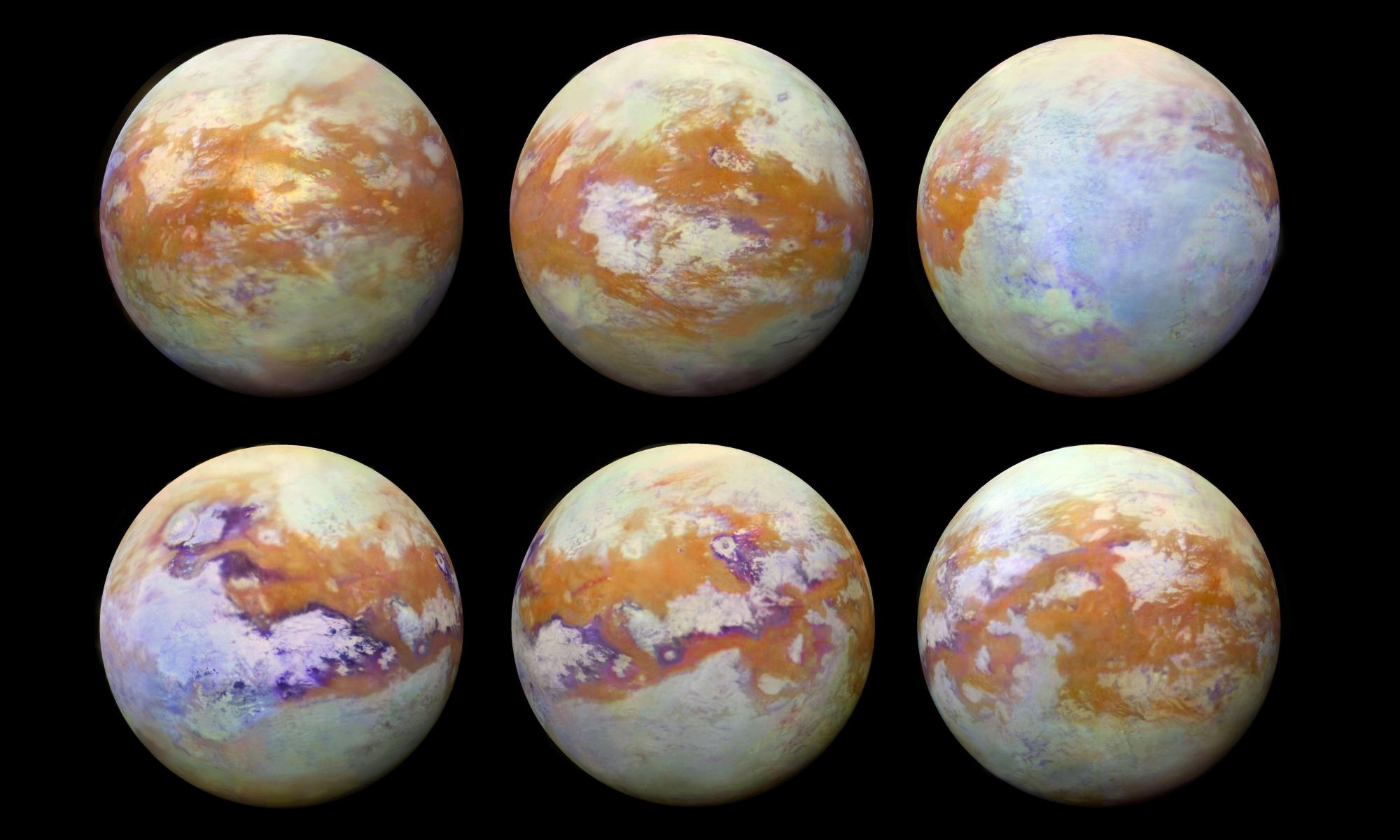
Beyond Earth, the general scientific consensus is that the best place to search for evidence of extraterrestrial life is Mars. However, it is by no means the only place. Aside from the many extrasolar planets that have been designated as “potentially-habitable,” there are plenty of other candidates right here in our Solar System. These include the many icy satellites that are thought to have interior oceans that could harbor life.
Among them is Titan, Saturn’s largest moon that has all kinds of organic chemistry taking place between its atmosphere and surface. For some time, scientists have suspected that the study of Titan’s atmosphere could yield vital clues to the early stages of the evolution of life on Earth. Thanks to new research led by tech-giant IBM, a team of researchers has managed to recreate atmospheric conditions on Titan in a laboratory.
Continue reading “Titan’s Atmosphere Recreated in an Earth Laboratory”Saturn Got Its Tilt From Its Moons
One of the fundamental tenets of physics is that two objects, now matter how different their size, exert a force on each other. In most cases the size makes a big difference, with the larger objects enacting a much greater force on the smaller one.
However, over long periods of time, even much smaller objects can have an effect on the larger object in the pair. Recently a team of researchers from CNRS, the Sorbonne, and the University of Pisa have found an example of the smaller object, or in this case group of objects, having an outsized impact on the larger one. They have discovered that Saturn’s moons actually caused its famous tilt.
Continue reading “Saturn Got Its Tilt From Its Moons”Titan’s Atmosphere Has All the Ingredients For Life. But Not Life as We Know It

Using the Atacama Large Millimeter/submillimeter Array (ALMA), a team of scientists has identified a mysterious molecule in Titan’s atmosphere. It’s called cyclopropenylidene (C3H2), a simple carbon-based compound that has never been seen in an atmosphere before. According to the team’s study published in The Astronomical Journal, this molecule could be a precursor to more complex compounds that could indicate possible life on Titan.
Similarly, Dr. Catherine Neish of the University of Western Ontario’s Institute for Earth and Space Exploration (Western Space) and her colleagues in the European Space Agency (ESA) found that Titan has other chemicals that could be the ingredients for exotic life forms. In their study, which appeared in Astronomy & Astrophysics, they present Cassini mission data that revealed the composition of impact craters on Titan’s surface.
Continue reading “Titan’s Atmosphere Has All the Ingredients For Life. But Not Life as We Know It”Impatient? A Spacecraft Could Get to Titan in Only 2 Years Using a Direct Fusion Drive
Fusion power is the technology that is thirty years away, and always will be – according to skeptics at least. Despite its difficult transition into a reliable power source, the nuclear reactions that power the sun have a wide variety of uses in other fields. The most obvious is in weapons, where hydrogen bombs are to this day the most powerful weapons we have ever produced. But there’s another use case that is much less destructive and could prove much more interesting – space drives.
Continue reading “Impatient? A Spacecraft Could Get to Titan in Only 2 Years Using a Direct Fusion Drive”Lakes On Titan Will Have Layers, Like Lakes On Earth, But for a Completely Different Reason
Lakes on Earth are a common sight in many locales. They’re central to the recreation and livelihood of millions of people. Few of those people think of the hydrodynamics that happen in a lake system. It is common for lakes to stratify into different layers. On Earth that stratification is the result of the sun heating the upper layer of water, which then becomes less dense and floats on top of the colder, more dense layer beneath it. Now, scientists from the Planetary Science Institute (PSI) have found similar dynamic cycles in a different kind of lake – the ethane and methane lakes on Titan.
Continue reading “Lakes On Titan Will Have Layers, Like Lakes On Earth, But for a Completely Different Reason”Sunrises Across the Solar System
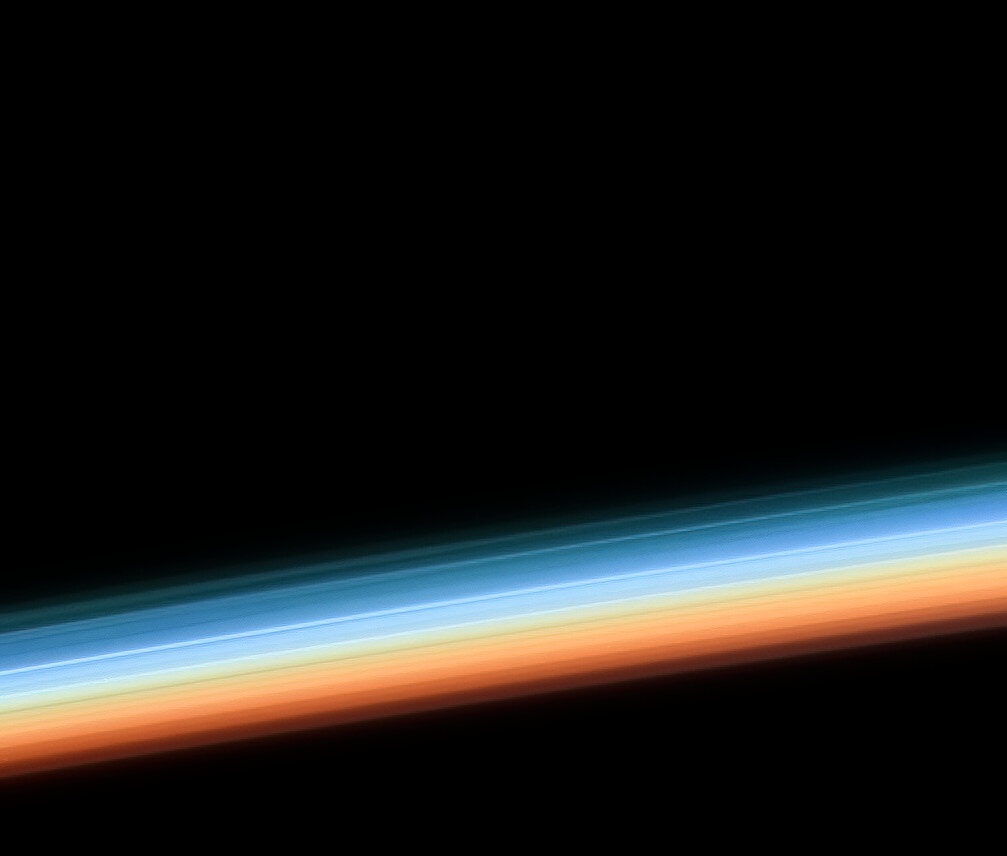
Scientists have learned a lot about the atmospheres on various worlds in our Solar System simply from planetary sunrises or sunsets. Sunlight streaming through the haze of an atmosphere can be separated into its component colors to create spectra, just as prisms do with sunlight. From the spectra, astronomers can interpret the measurements of light to reveal the chemical makeup of an atmosphere.
Continue reading “Sunrises Across the Solar System”Can you tell the difference between California, Venus, Titan and Mars? Hint: California is the one with buildings.
Californians woke up to an alien-looking sky this morning, Wednesday, September 9, 2020.
Continue reading “Can you tell the difference between California, Venus, Titan and Mars? Hint: California is the one with buildings.”A Simulation of Sunsets on Other Worlds: From Venus to Titan
When we think of exploring other planets and celestial bodies, we tend to focus on the big questions. How would astronauts live there when they’re not working? What kind of strategies and technology would be needed for people to be there long term? How might the gravity, environment, and radiation effect humans who choose to make places like the Moon, Mars, and other bodies place their home? We tend to overlook the simple stuff…
For example, what will it be like to look up at the sky? How will Earth, the stars, and any moon in orbit appear? And how will it look to watch the sun go down? These are things we take for granted here on Earth and don’t really ponder much. But thanks to NASA, we now have a tool that simulates what sunsets would look like from other bodies in the Solar System – from the hellish surface of Venus to the dense atmosphere of Uranus.
Continue reading “A Simulation of Sunsets on Other Worlds: From Venus to Titan”
